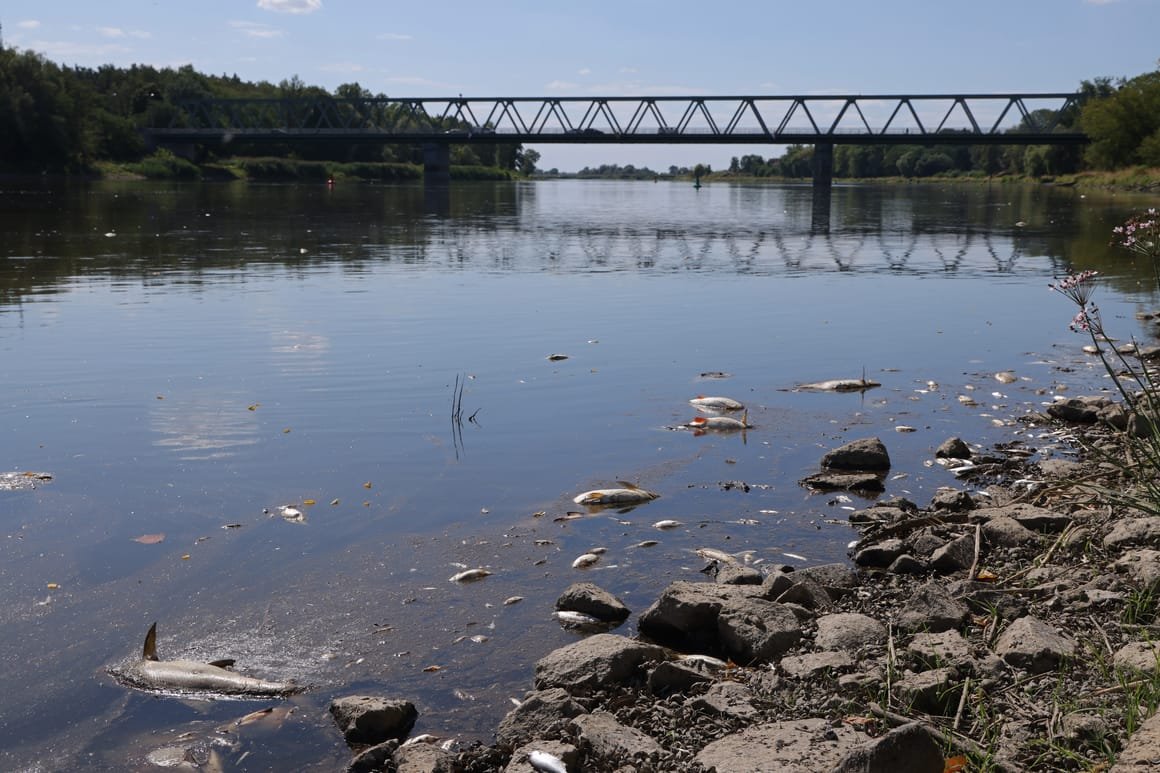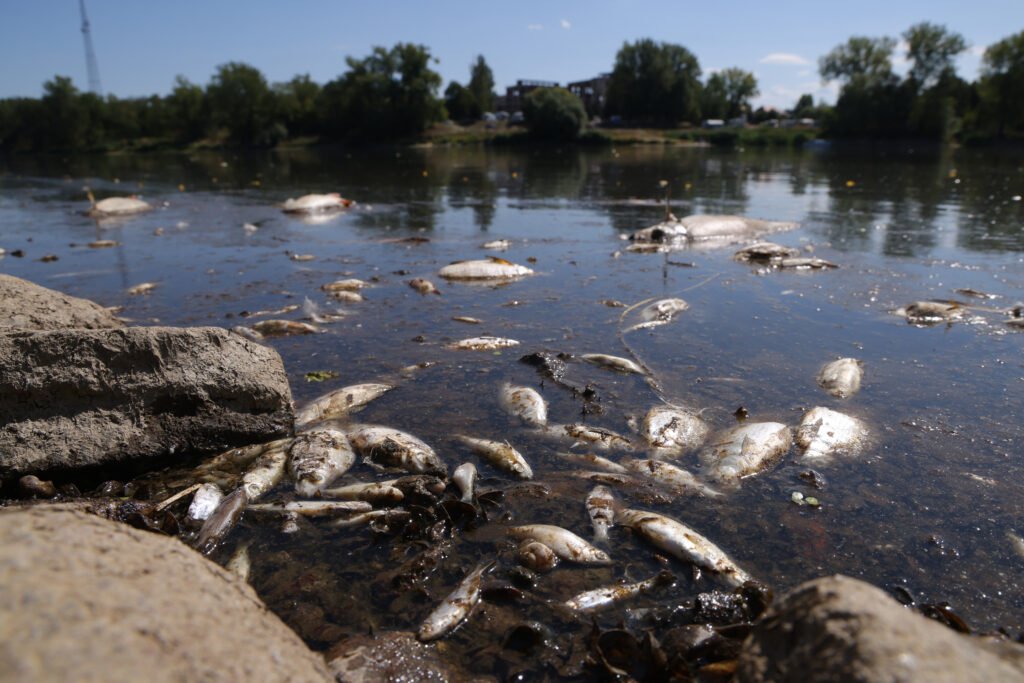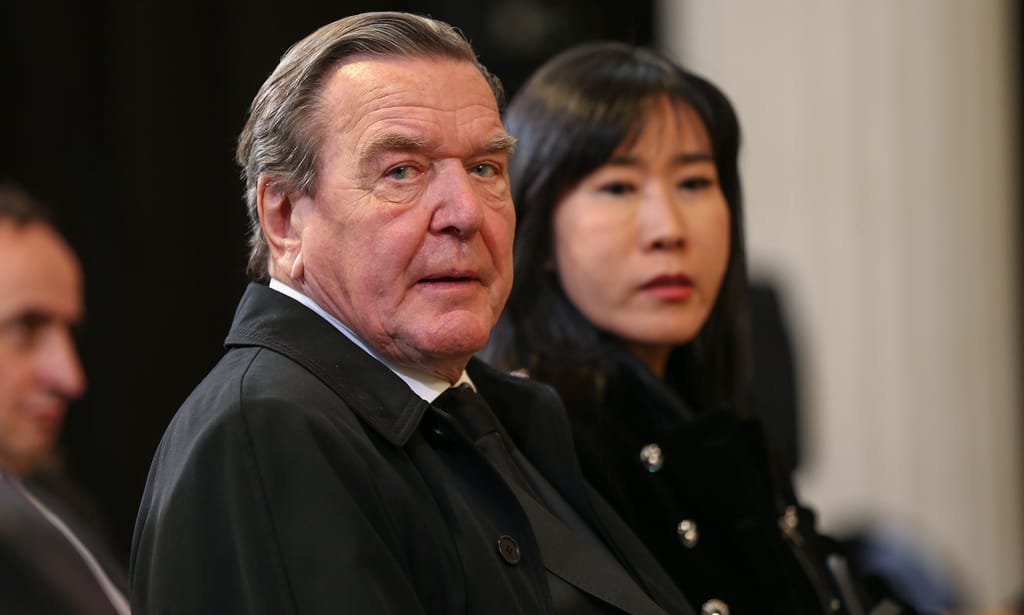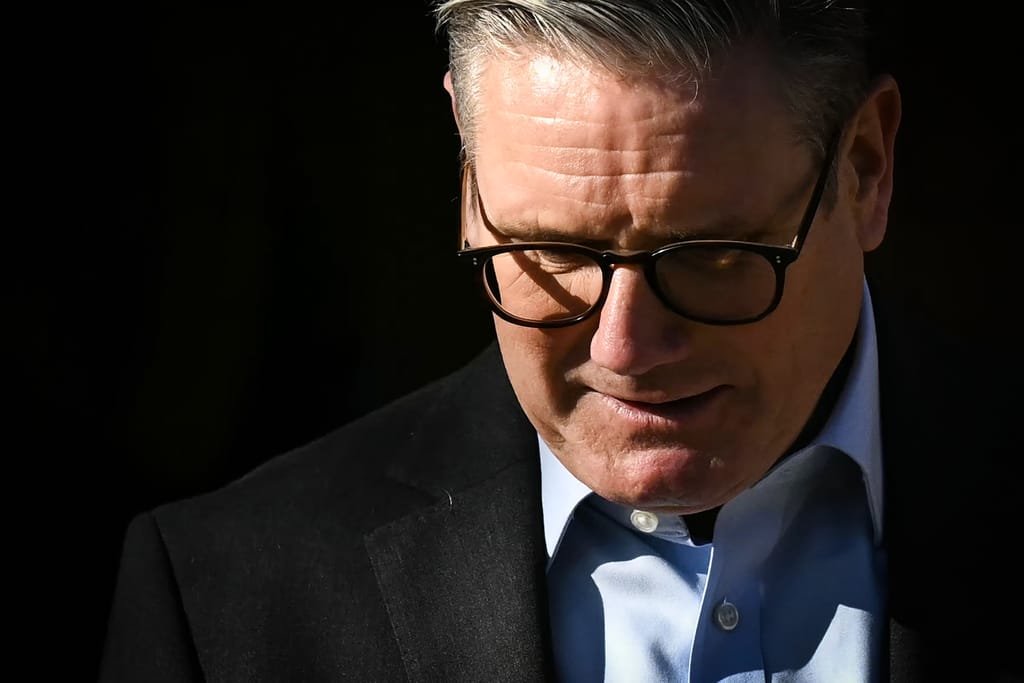Yet many EU countries continue to seek exemptions to rules that could clean them up, reports point out.

Mercury and other toxic chemicals are polluting the majority of waterways in Europe, contributing to a wider water quality crisis that requires urgent action, the European Commission has warned.
In a set of reports released Tuesday that will feed into a new bloc-wide water resilience strategy, the European Union’s executive branch warned the continent’s rivers, lakes and streams are in a “highly critical” state, and called on member countries to address the problem.
Less than 40 percent of the EU’s surface water bodies have good ecological status, while just more than a quarter achieve good status on chemical pollution — mainly due to widespread contamination by mercury and other harmful pollutants. “Significant work” is needed to meet EU targets on freshwater quality and quantity, the reports said.
“Our waters face significant challenges, from pollution and water supply threats to insufficient flood preparedness,” said European Environment Commissioner Jessika Roswall in a statement. “We must boost our efforts to build water resilience.”
Roswall has been tasked with producing the European Water Resilience Strategy — an initiative aimed at ensuring the availability of clean water and better protecting the EU against water-related risks — slated for release sometime between April and June this year.
Troubled waters
Pollution from mercury and a class of chemicals called polycyclic aromatic hydrocarbons are a key reason behind EU waterways poor chemical status, according to the report.
These chemicals are already present in large quantities due to historic pollution, as well as new pollution entering aquatic environments via fossil fuel emissions. Once mercury is released into the environment — through coal combustion, for example — it can circulate through air, land, water and living things for thousands of years.

The substances strongly influence a water body’s chemical status because the long-lasting pollutants are not easily broken down in the environment.
Groundwater in the EU — in underground aquifers, supplying 65 percent of drinking water and 25 percent of water for agricultural irrigation across the bloc — is generally in a better state than surface water bodies. The report found that 86 percent of groundwater had good chemical status.
Nonetheless, challenges remain there as well. Nitrates are among the most commonly reported pollutants in groundwater, coming mainly from intensive agriculture and livestock farming.
The Baltic Sea is the marine region with the highest proportion of coastal waters (58 percent) containing a problematic quantity of pollution from nitrogen and phosphorus, used in fertilizers.
“Farmers are one of the big users [of water] and we cannot do this without having the farmers on board … because they are a part of this,” said Roswall when asked about the need for stricter rules on agrochemicals at a press conference Tuesday. “We cannot have a water resilience strategy without the farmers — that is, having them also in the discussion.”
If implemented early, measures agreed under the European Green Deal — like the revised Urban Wastewater Treatment Directive — could “help make swift progress” on the EU’s polluted water, the report stated. It also noted that several countries have “already indicated that they intend to make extensive use of exemptions in 2027, either by applying less stringent environmental objectives or extending the deadline.”
The Commission has promised to pay more attention to “new emerging pollutants” like PFAS, microplastics and pharmaceuticals.
Water scarcity and drought remain growing concerns across most of the bloc, according to the EU executive, with countries increasingly applying for exemptions to water rules for temporarily failing to reach good ecological status due to prolonged droughts.




